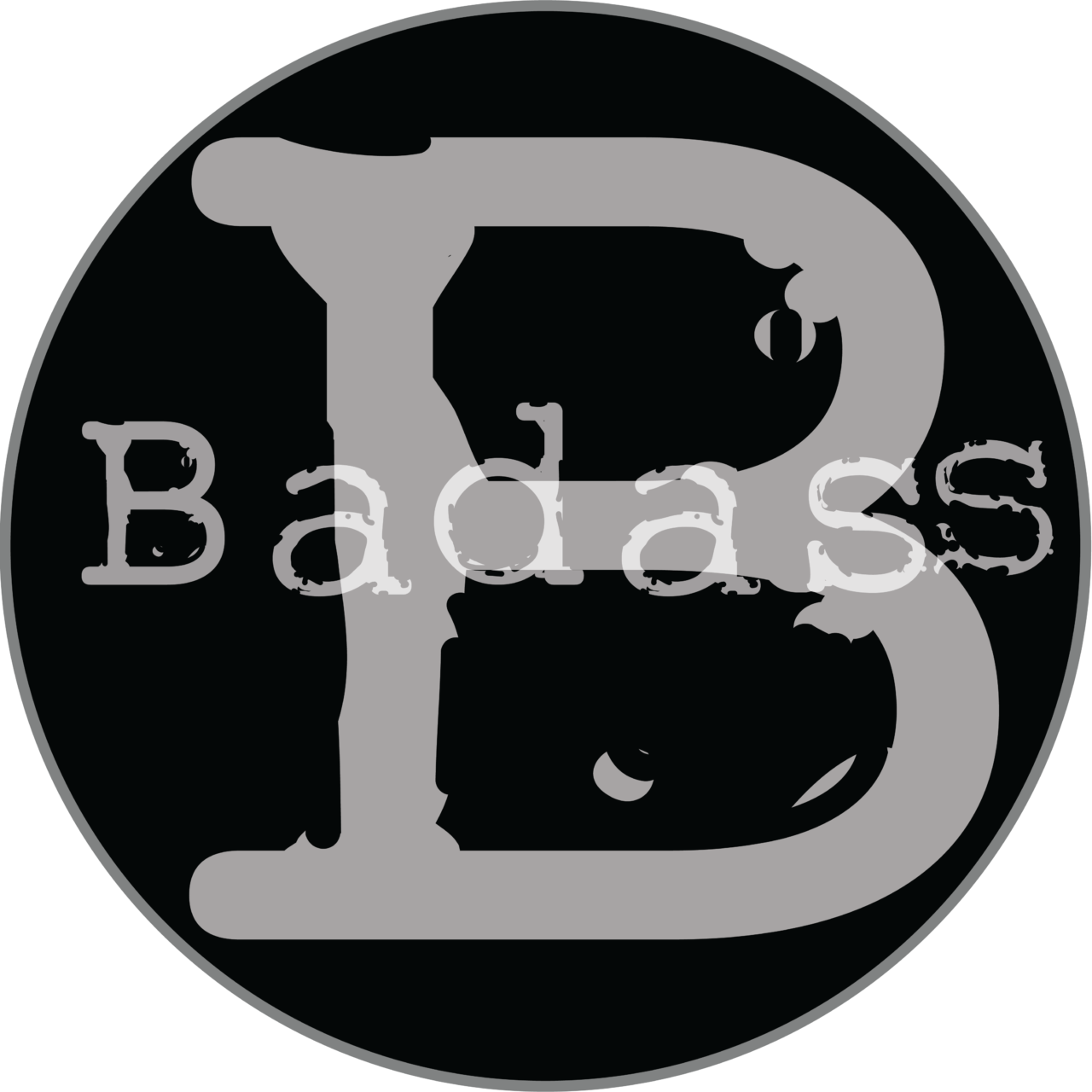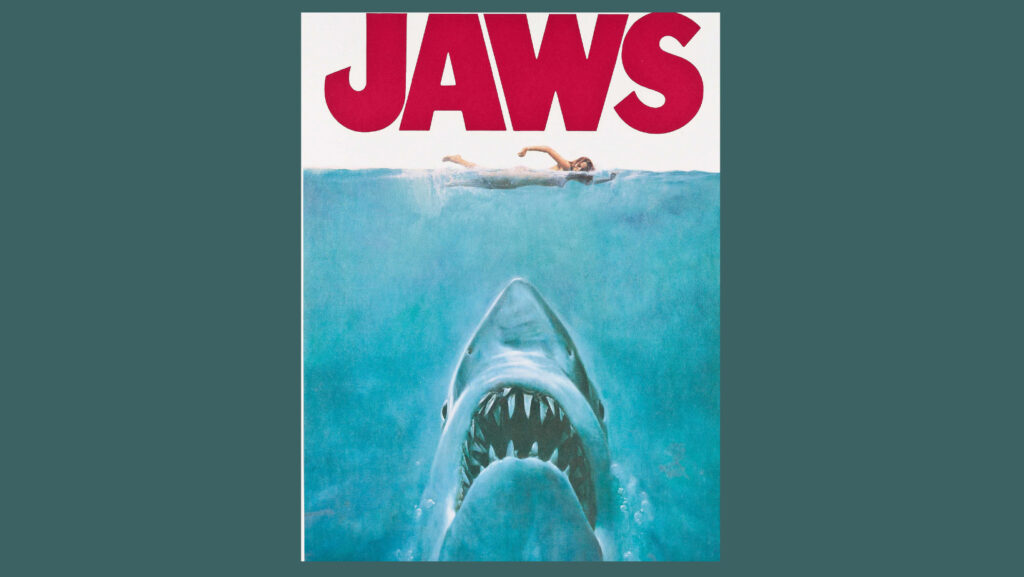Opening Scene Basics
A screenplay’s opening scene is your single chance to make a first impression. You won’t get a second one.
In fact, some coverage services sometimes offer free analysis of your first page to determine whether you’ve created enough interest for the reader to even want to turn to Page 2.
Opening scenes typically demonstrate the world where the story takes place. But not always as obviously as an establishing overhead of the Statue of Liberty, for example. Think of some great opening scenes. Not just from classic movies.
Remember the subtly terrifying 7-minute opening scene of The Ring? Or the opening played by Pierce Brosnan in The Matador? Or the first two-and-a-half minutes of The Prestige?
Learn from the greats
Check out these 50 great opening scenes curated by BuzzFeed readers. And maybe rethink your trope alarm clock or funeral opening. Those types of humdrum beginnings will invariably raise scornful eyebrows in seasoned readers. And prime them to be uninspired by the rest of your pedestrian story.
Indeed, it’s highly likely that those and other hackneyed tropes will send gatekeepers into scan-only mode before they toss them unceremoniously into the slush pile.
Yes, you must establish your hero’s ordinary world early. But there are endlessly more creative ways to use your single chance at a first impression than a montage of your main character waking up and getting ready for work. Or appearing gloomily at a graveside.
You need to give your audience enough information to engage them in your opening pages. Always remember this: in the case of screenwriters, our audience is always a single reader. If we’re lucky, that reader is a producer, or an A-list actor or director.
But it is always someone – a single human being – reading the words we wrote.
How we touch that single reader with our first few hundred words will absolutely color their attitude to the rest of our script. So it’s crucial we write those first pages in perfect grammar and format, with tight, but engaging descriptions, of something happening that will entice the most jaded of readers.
Make sure you cover the main ingredients
That’s the recipe:
- Perfect grammar and format.
- Tight, colorful description.
- Of an unclichéd world.
- That either hooks the reader immediately;
- Or compellingly suggests a major hook to come
Most – but by no means all – screenplays open with the protagonist.
One of mine, for example, which advanced at both Austin and Nicholl, opens with a bookend in a completely different ordinary world tens of thousands of miles from my protagonist’s. In fact, I quite often use that technique to draw readers in.
Hey, it worked for JAWS. Take a look. We don’t meet Sheriff Brody until the middle of page 3, after the gripping opening beach scenes.
Sorry to sound like a broken record, but it’s critical to keep in mind that your screenplay’s opening scene is your single chance to make a first impression. That means, by the way, don’t follow the format in that 1975 script link. Expectations have changed a little over the decades.
Stay abreast of current format styles
E.g. we’re no longer supposed to use “we see” or write long action blocks. (Even five lines is considered too long these days by some readers, although it’s the “official” max.) Certainly not in specs. And we’re to ditch all but essential camera directions. Yup. No more CUT TOs. Finally, you can better express the long and copious wrylies in this script in action lines.
But other than those little nitpicks, the content and writing in Jaws have absolutely withstood the test of time. And no one can argue the enduring audience effects and dramatic thrill of the opening shark attack scene. Some viewers are still traumatized, 40+ years later.
Scrounge YouTube for the best opening movie scenes. Study them. Be inspired. And make sure yours meets the grade.
As Jason Hellerman from No Film School says: “Nothing beats a kick-ass opening.” Remember: your opening scene is your single chance to make a first impression. Make a great one.


